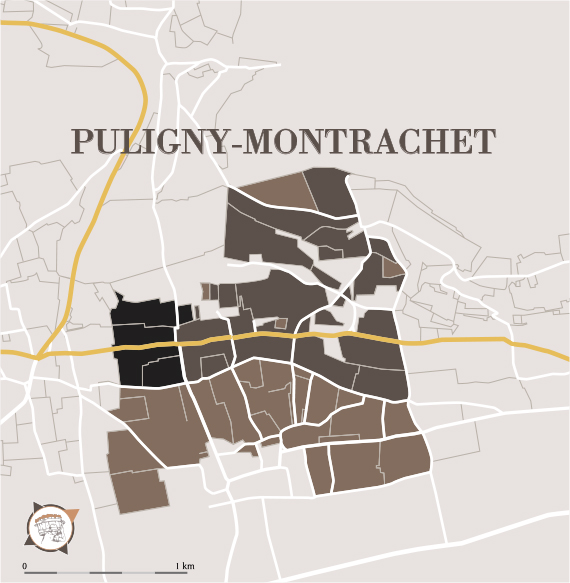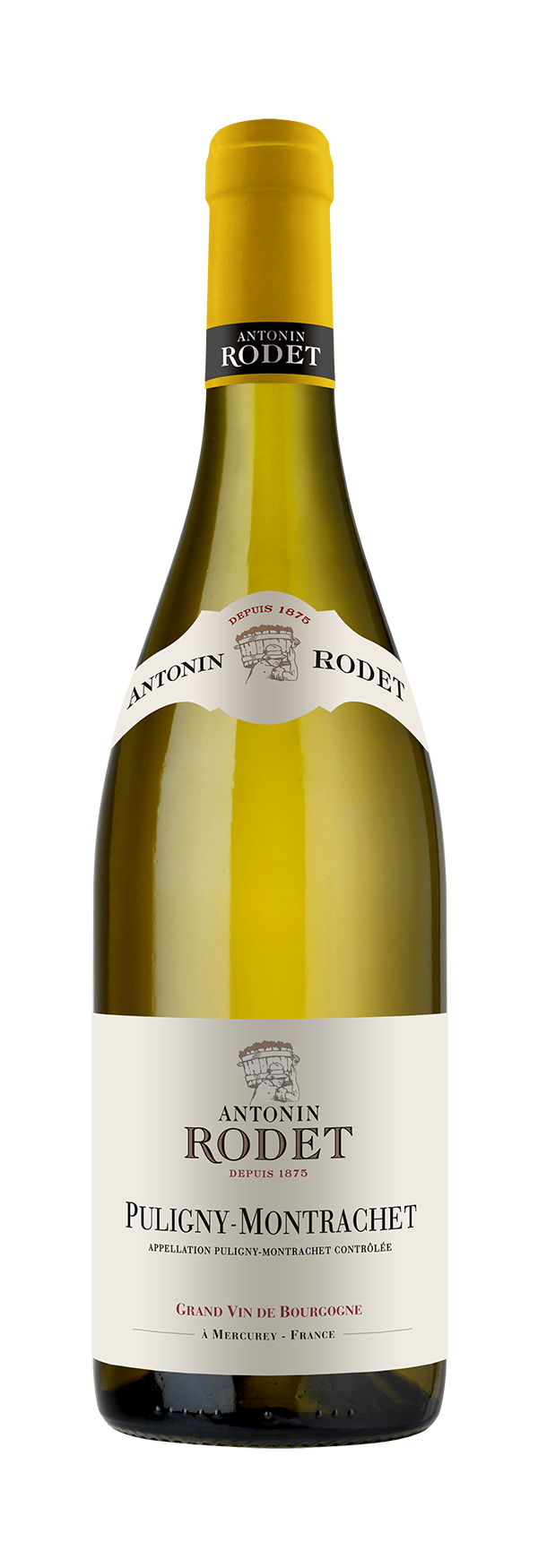PULIGNY-MONTRACHET 2021
PULIGNY-MONTRACHET 2021
Grape variety
Tasting notes
Nose: aromas of lemon, citrus in general, enhanced by delicate toasty and vanilla notes.
Palate: fresh and light in the mouth, with a good minerality and discreet woody notes. The finale is long and charming.
Wine and food pairing
Serving temperature
Ageing potential
Origin
The village supposedly holds its name from the Gallo-Roman era, when the first people settled and named it Puliniacus - the marsh house. The second name "Montrachet" was attached only in the end of the 19th century, to have a link with the Grand Cru that can be produced in the village.
The appellation spreads on 211,46 hectares and produces almost only white wines. About a third of the appellation (98,18 hectares) is ranked "Premier Cru" and those Premiers Crus contain 17 different Climats. The village also produced 5 Grands Crus.
The soil is mainly composed of limestone with a very typical ocher colour. The subsoil is also composed of marly layers (mix of clay and limestone) that play a great part in giving the wines under the appellation their structure.
The vines are located in the plain with a South-eastern exposure which protect them from the North wind and is ideal to gather the most amount of sunlight and ensure a good maturity/concentration of the grapes.
Vinification and maturing
Vintage : 2021
Nature certainly set a challenge for the winegrower and the winemaker with this vintage.
It began with very warm temperatures at the end of February which led to an early bud break.
The historic frost in April then destroyed young shoots that had emerged too early, significantly affecting the future harvest. Changing weather continued to characterize the vintage through to the harvests.
There were spells of rain from May to mid-August, obliging winegrowers to be constantly on the alert. The only periods of relative calm were during flowering, which took place in good conditions for the formation of the future fruit, and the véraison (colour change), which benefited from the return of the sun from mid-August.
The vagaries of the weather contributed to the development of outbreaks of disease, which were contained thanks to the tireless efforts of our winegrowers. In spite of this, considerable sacrifices had to be made to ensure a high level of quality, and rigorous sorting of the fruit in the vineyard and on arrival at the winery was necessary.
This vintage also required a major technical effort. The vinifications had to be carried out with meticulous attention and precision with a particular care over the extraction of colouring matter, the balance of the structure and the aromatic expression of the red wines, and of the freshness, balance of acidity and aromatic potential of the white wines.





 PDF file
PDF file